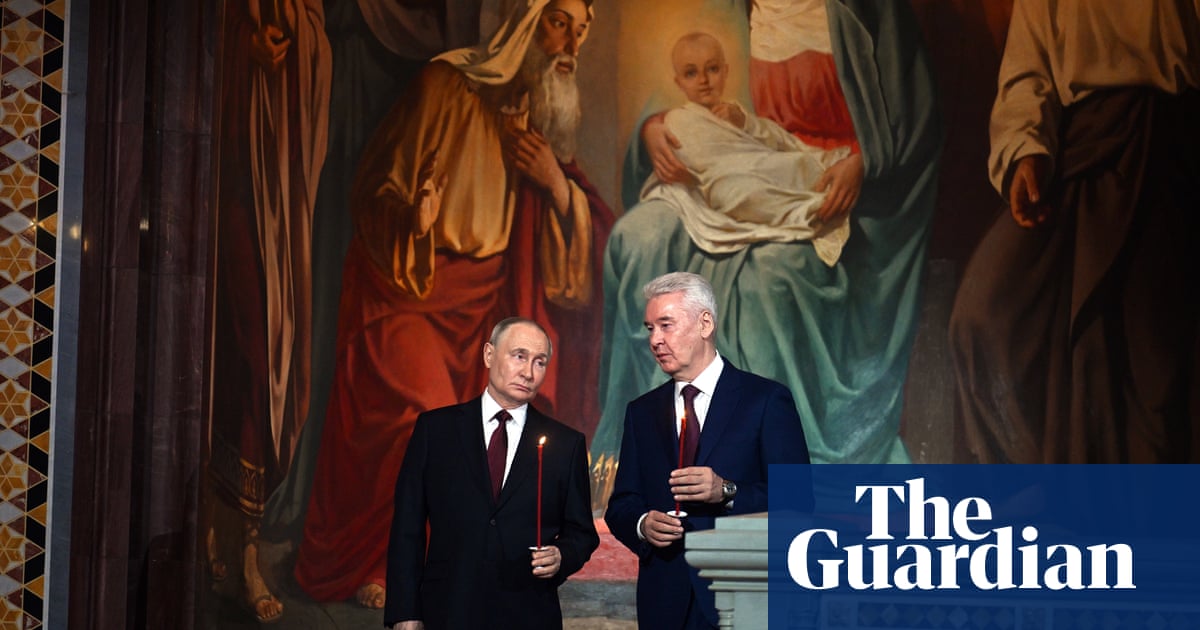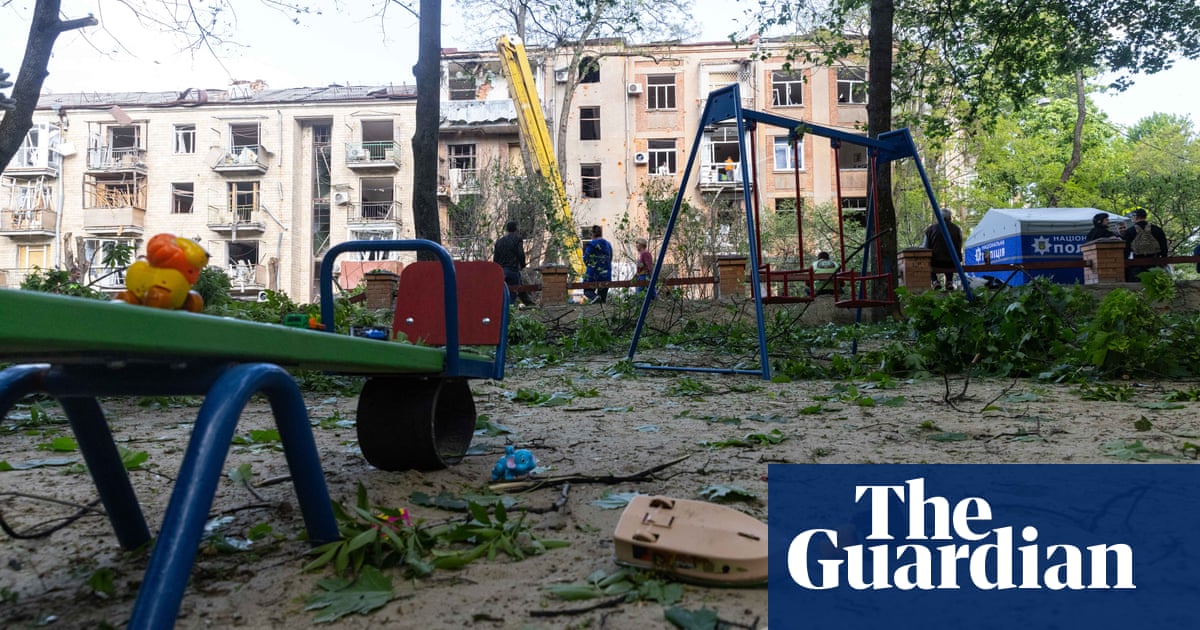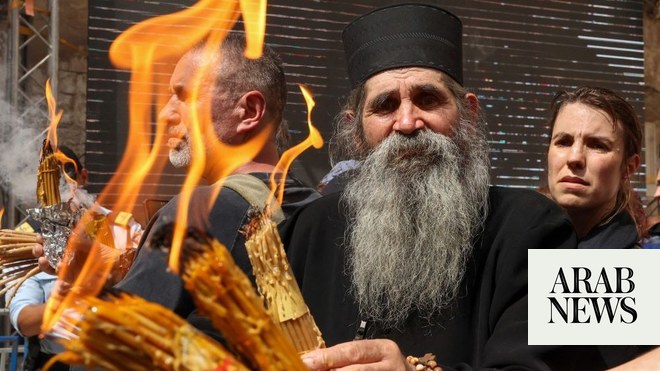
The ritual burning of Judas is a custom also observed by Roman Catholics in parts of Latin America as a symbolic punishment for Judas’ betrayal of Christ for a monetary reward.
About 20 small boats circled around a raft bearing a wire model of Judas that floated off Ermioni and then the figure was set ablaze.
Ermioni: As Orthodox Christians around the world celebrated Easter on Sunday, a town on Greece’s Peloponnese peninsula observed the holy day by burning an effigy of Judas at sea.
The ritual burning of Judas is a custom also observed by Roman Catholics in parts of Latin America as a symbolic punishment for Judas’ betrayal of Christ for a monetary reward.
The tradition dates back centuries in some places. In the Greek town of Ermioni, it has been observed the past 25 years.
About 20 small boats circled around a raft bearing a wire model of Judas that floated off Ermioni and then the figure was set ablaze. More than 1,000 locals and visitors watched from shore and also listened to music and saw a laser show.
In older times, the Judas effigy was made of straw. Sometimes, topical variations on the theme are introduced. In at least two villages in Crete this year, the Judas figure was made to resemble Turkish President Recep Tayyip Erdogan.
A darker side of the custom is an implied hostility in some cases toward Jews as the “killers of Christ.”
The tradition even led to an international incident in mid-19th century Greece.
Worried about offending James de Rothschild, founder of the French branch of the famous Jewish banking family who was in Greece to negotiate a loan, the government banned the burning of Judas in Athens in 1847. An outraged mob then ransacked the house of a Jew who was a British subject.
Britain demanded restitution equal to a sizeable percentage of the Greek budget. The Greek government refused, and Britain imposed a naval blockade in 1850. France and Russia took Greece’s side and the British lifted their blockade after six months. A restitution agreement was reached the following year.
Orthodox Easter came a week later than the holiday this year for Western-based Christian churches, with significant observances in Russia, Greece, Ukraine, Serbia and Kosovo.
About 4.3 million people took part in event, the Interior Ministry said. President Vladimir Putin and Prime Minister Dmitry Medvedev attended Easter services at Christ the Savior Cathedral, Moscow’s largest church.
In Kiev, Ukrainian President Petro Poroshenko attended Easter services at the Volodymyrskiy Monastery.
Serbia celebrated the day in a highly charged atmosphere over Kosovo, the former Serbian province whose predominantly Muslim, ethnic Albanian people declared independence a decade ago.
Kosovo is considered by Serbian nationalists to be the cradle of the Balkan nation’s statehood and religion. On the eve of Easter, Serbian Orthodox Church Patriarch Irinej urged political leaders never to accept Kosovo’s independence, even if the price is abandoning the country’s proclaimed goal of joining the European Union.












